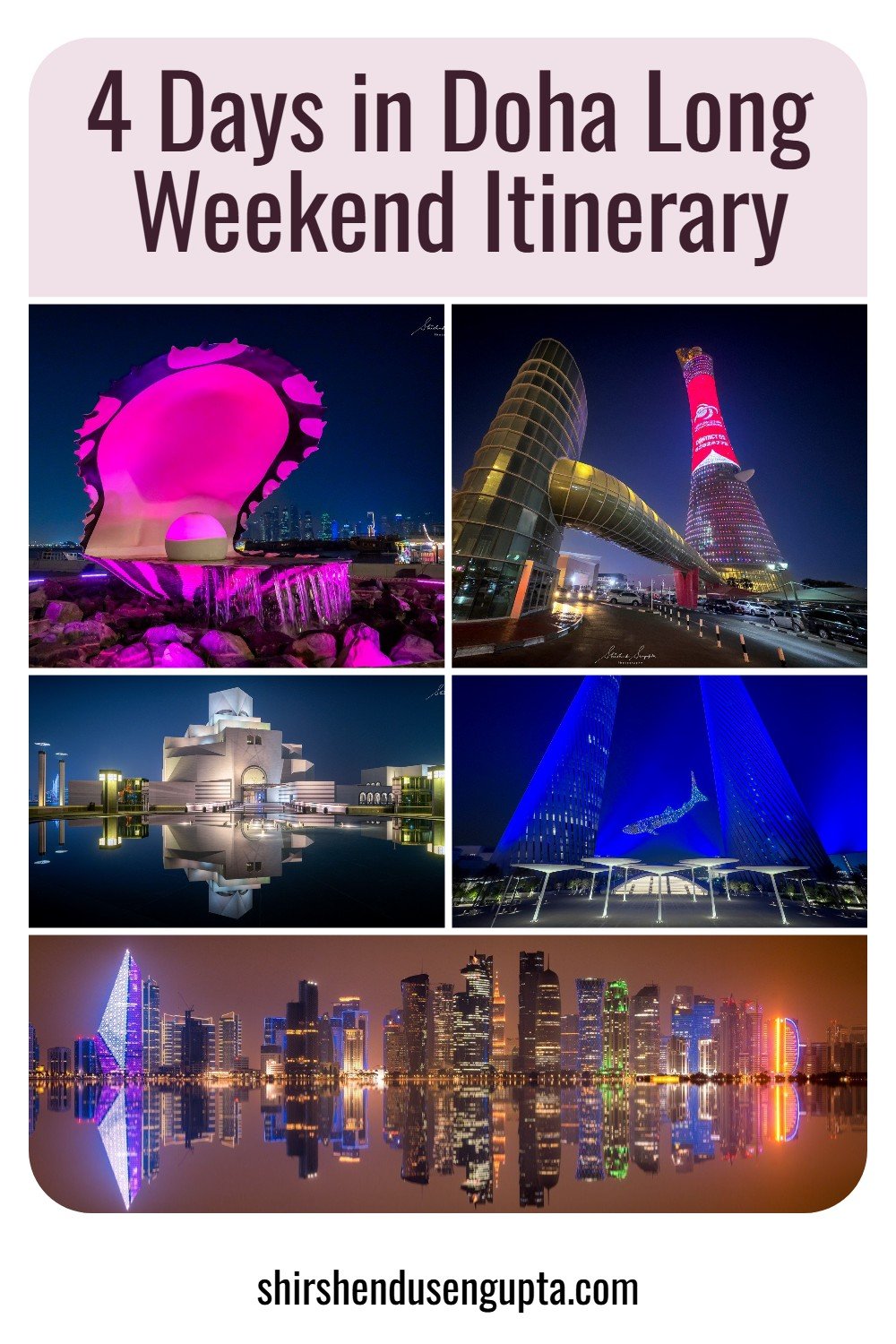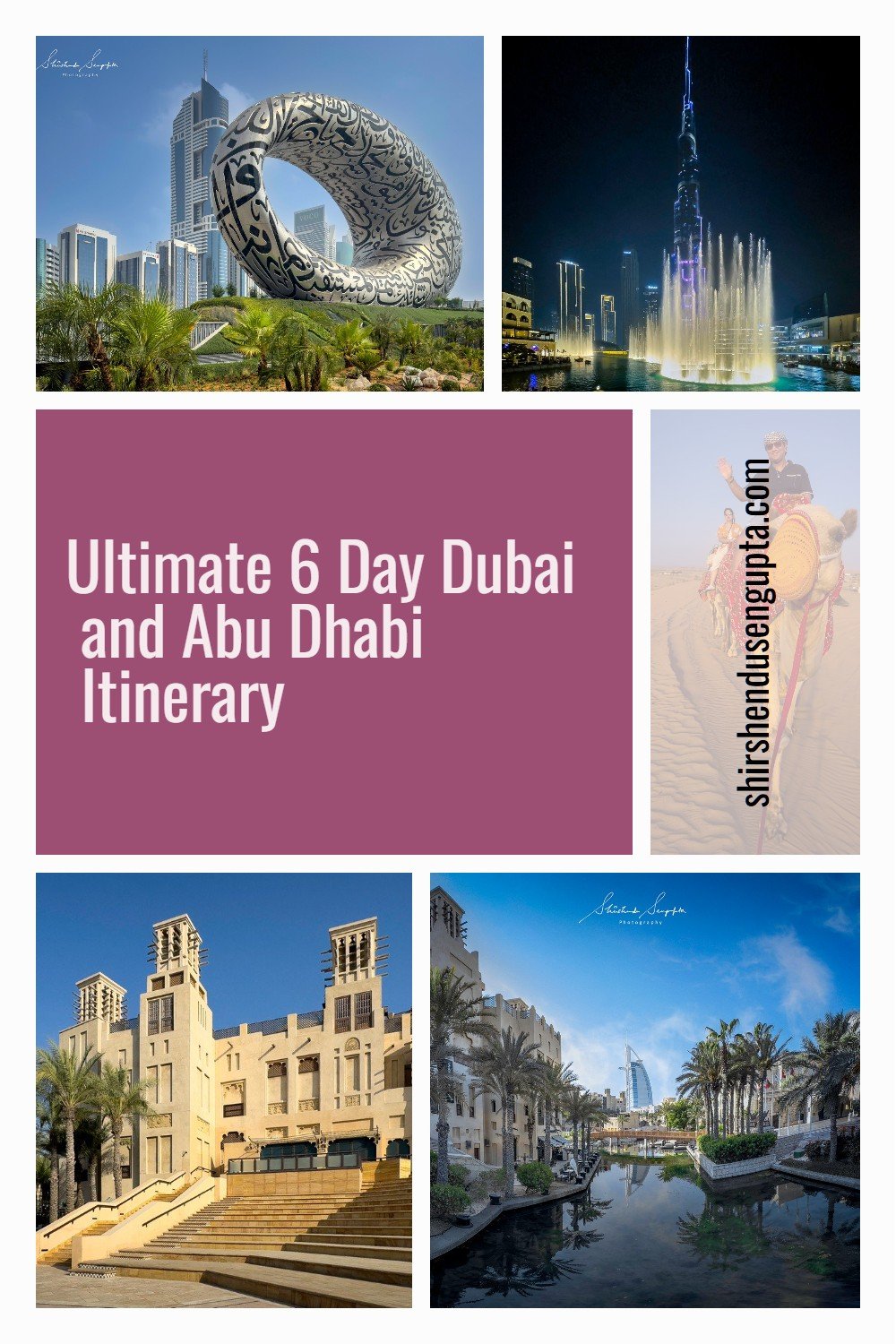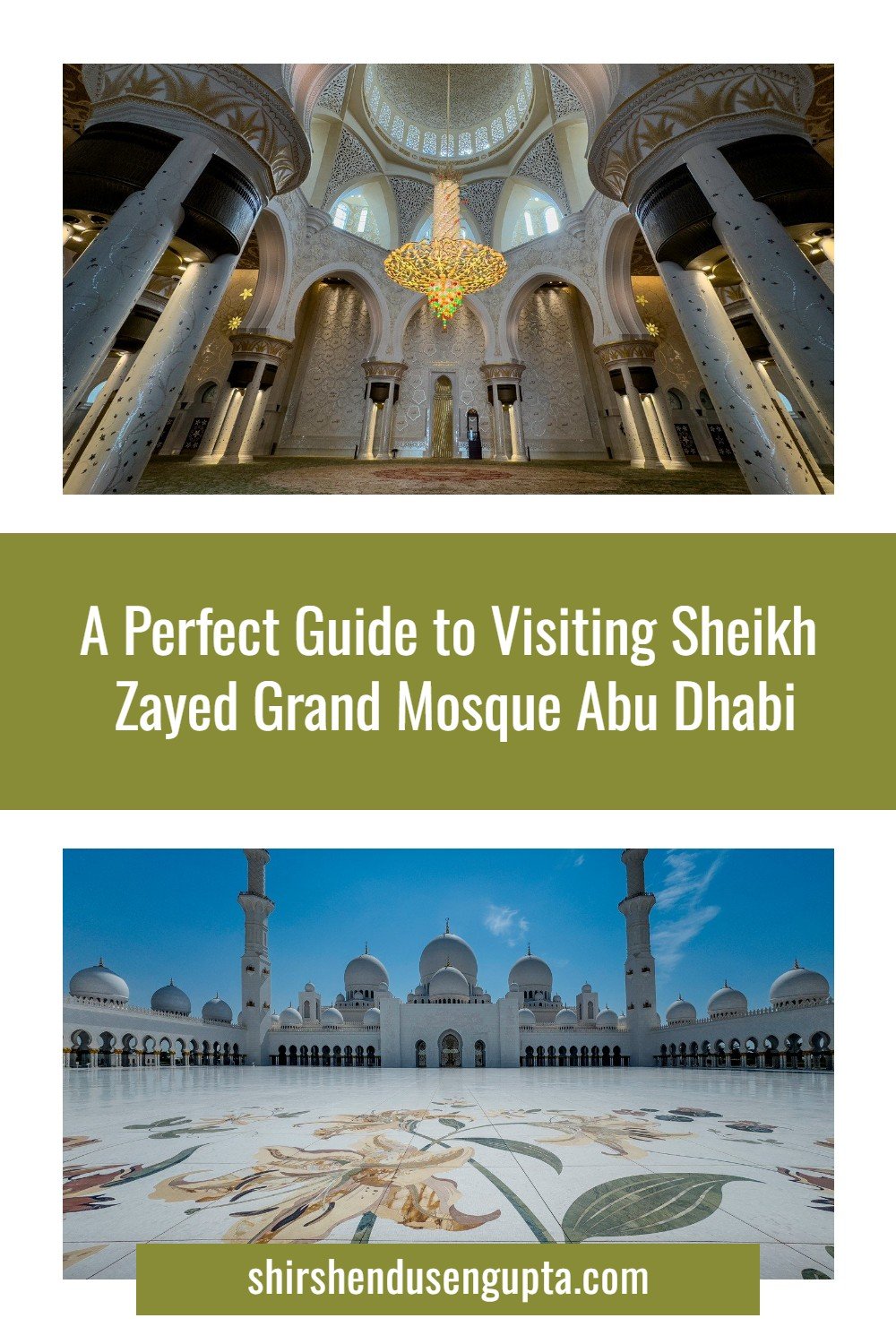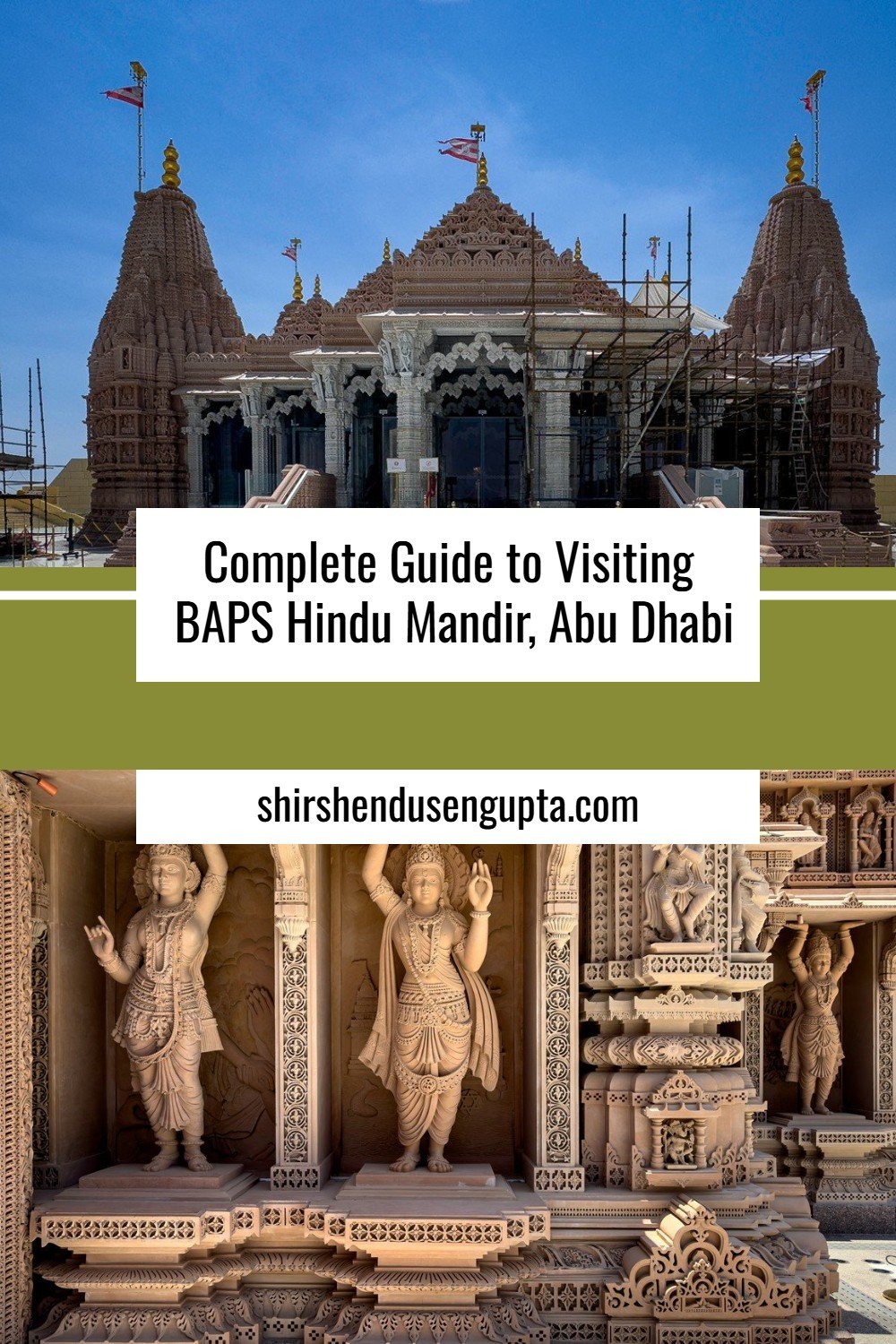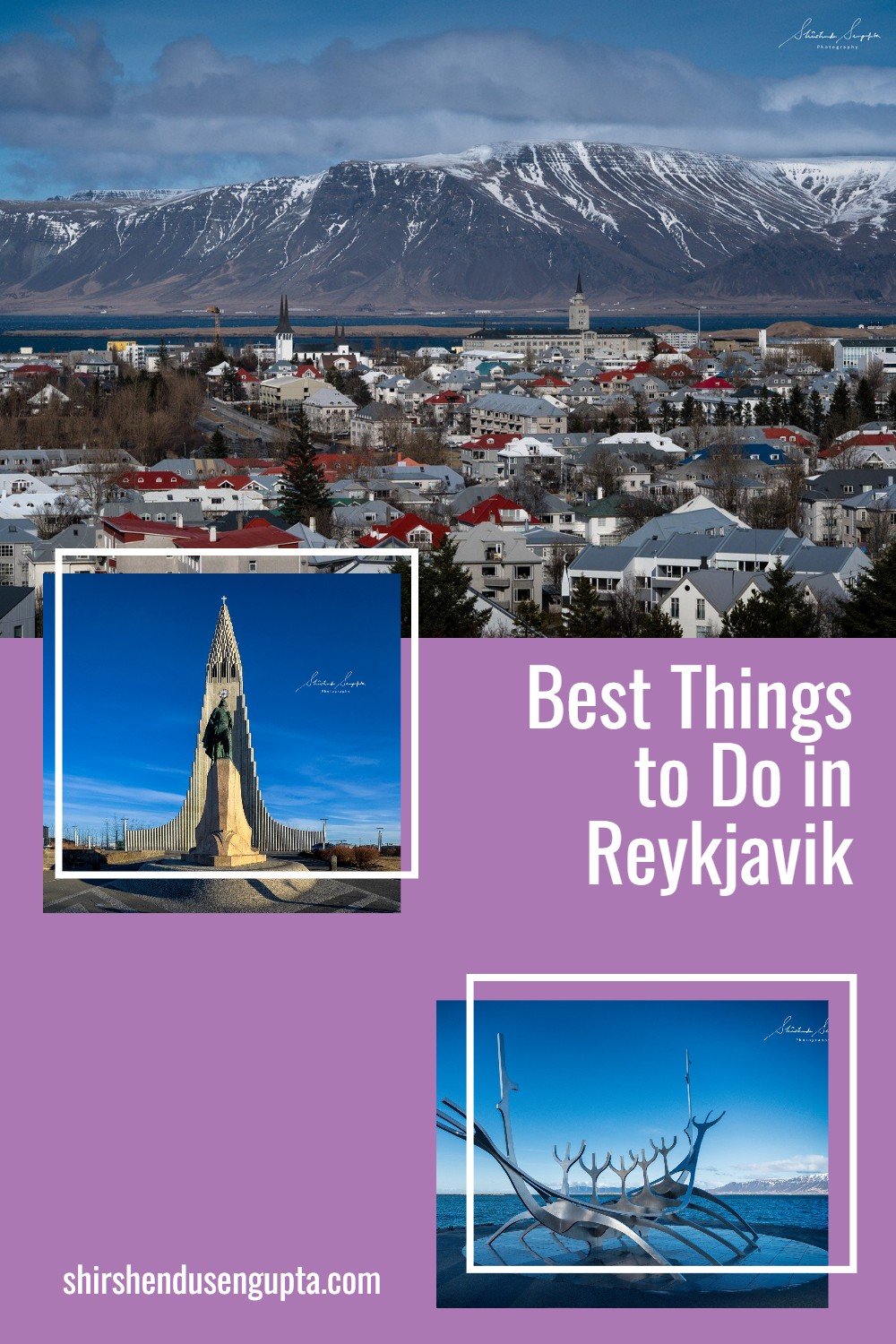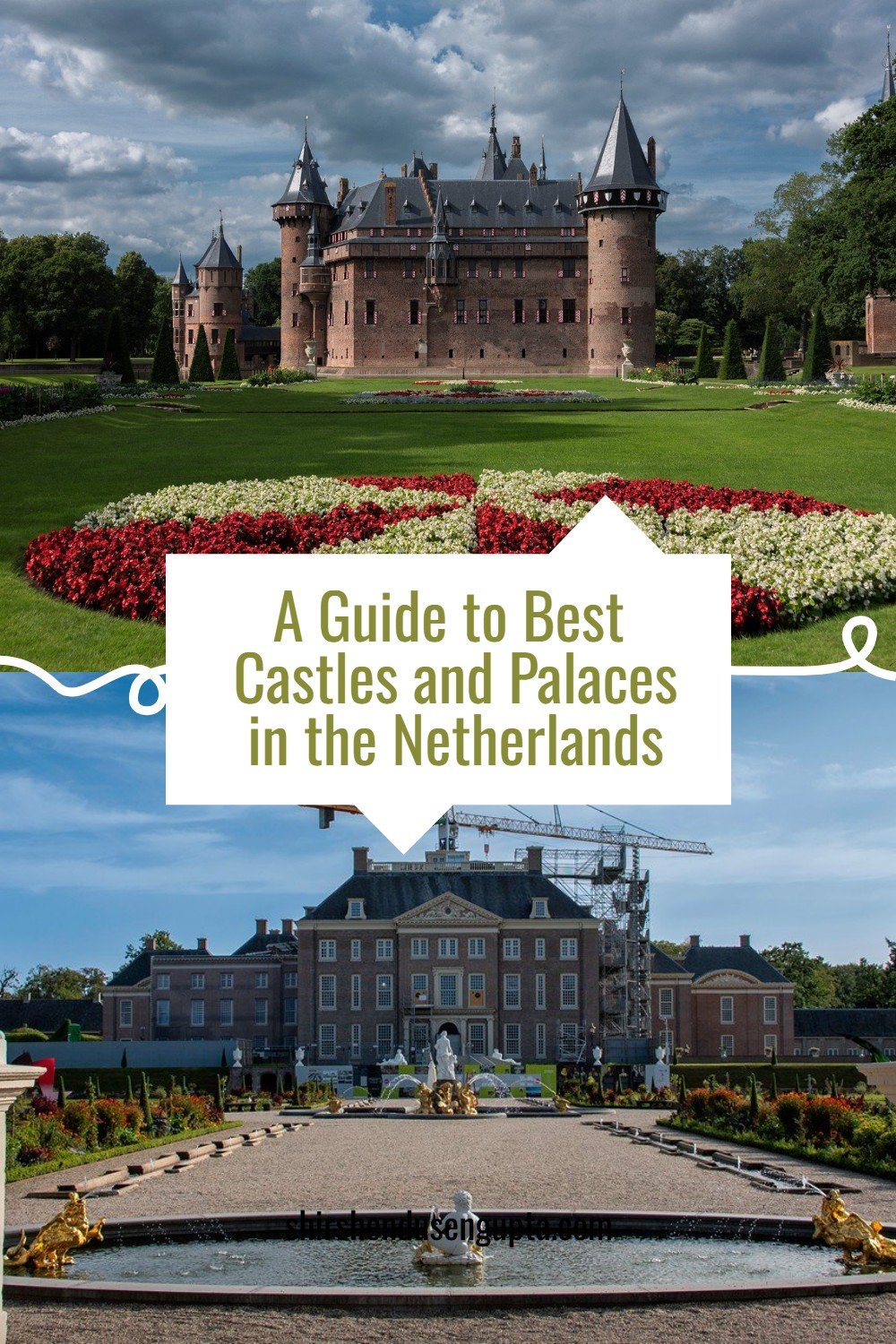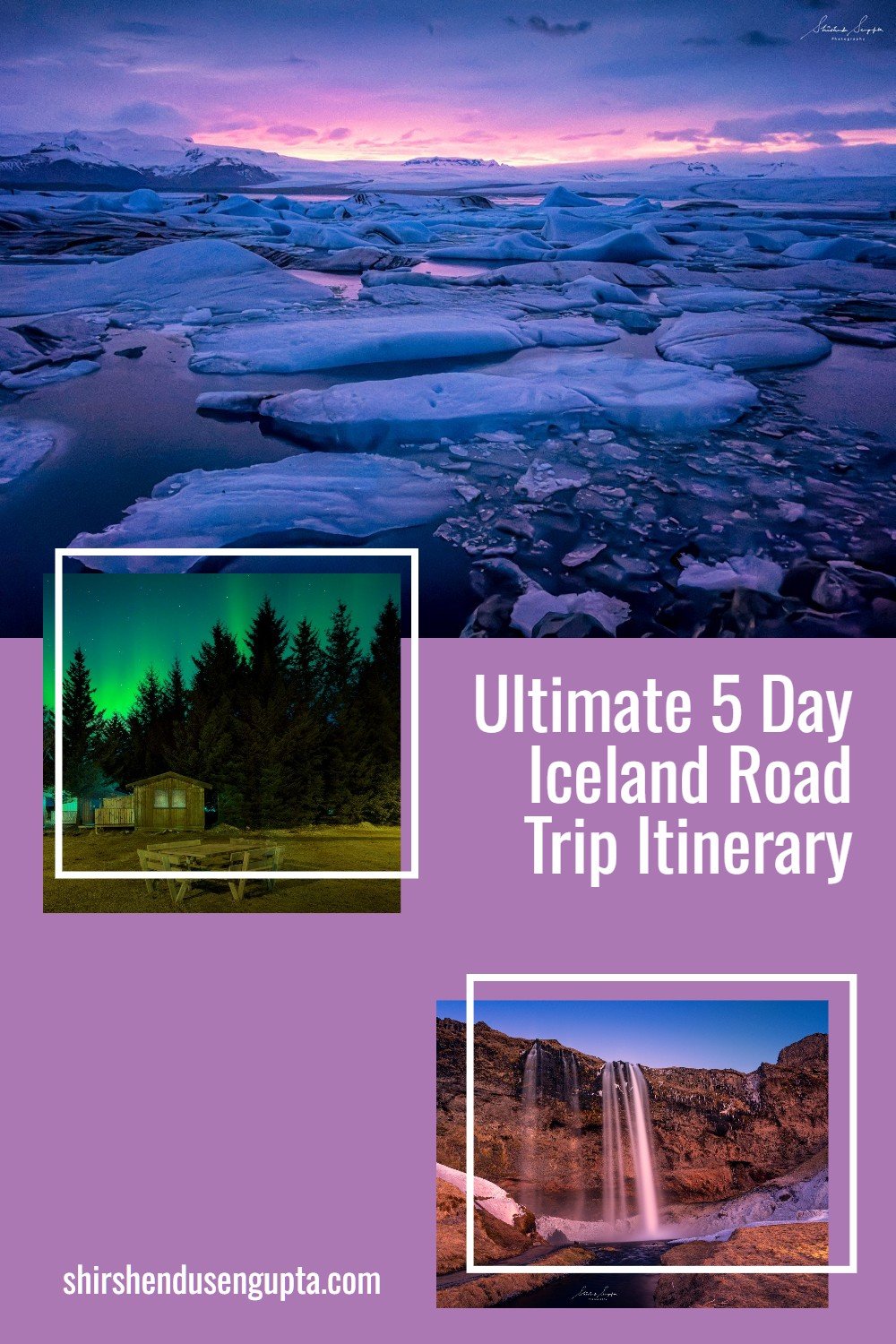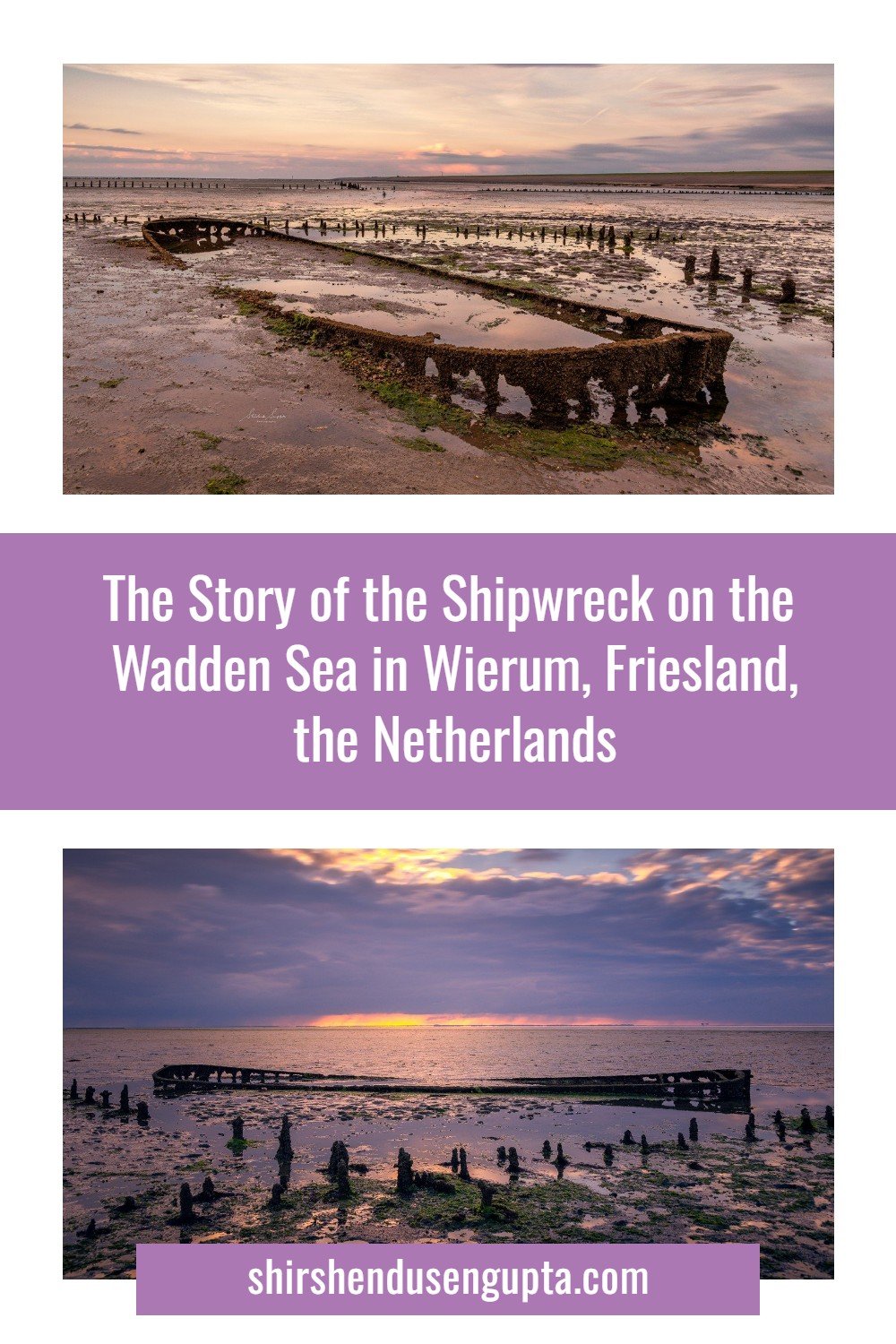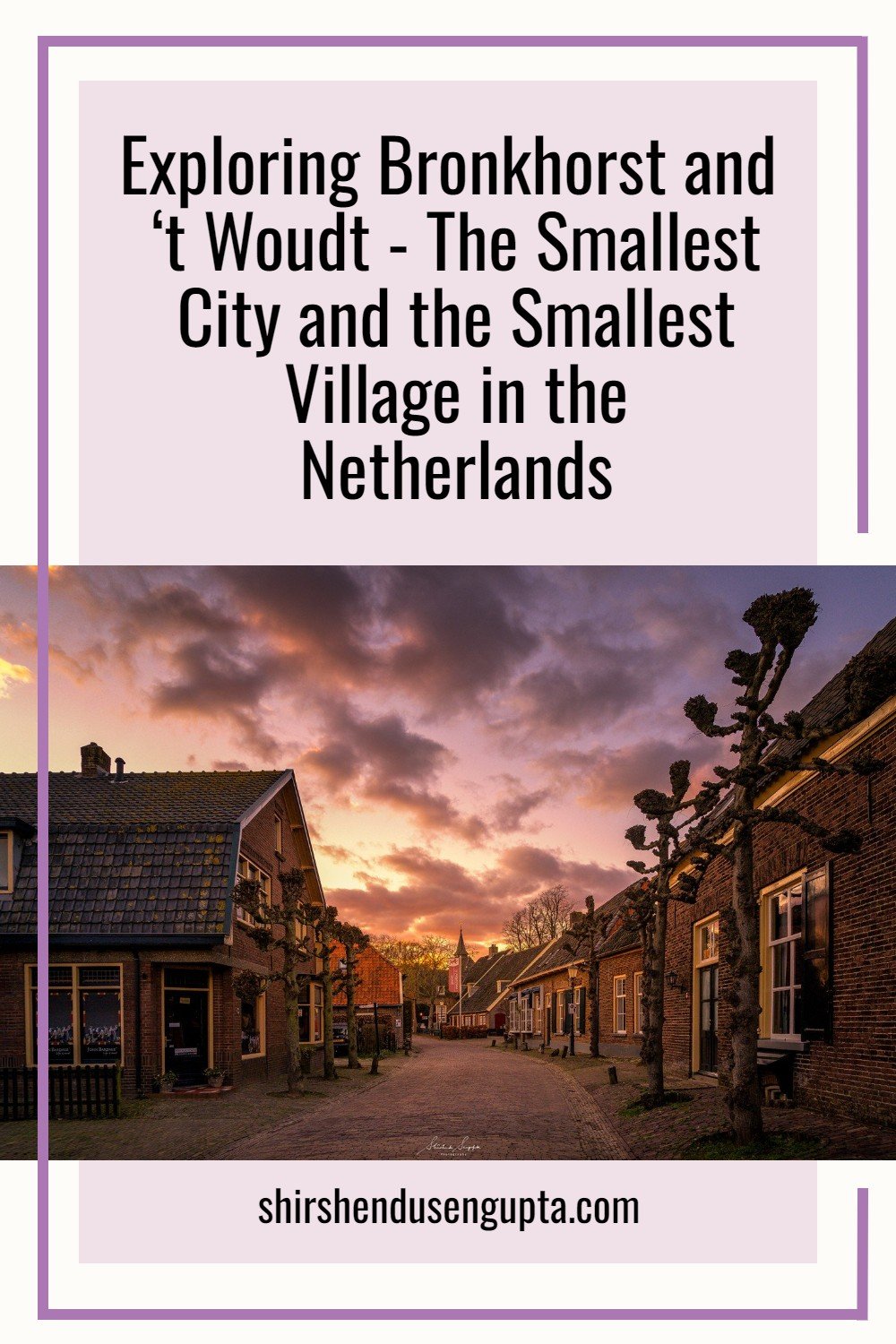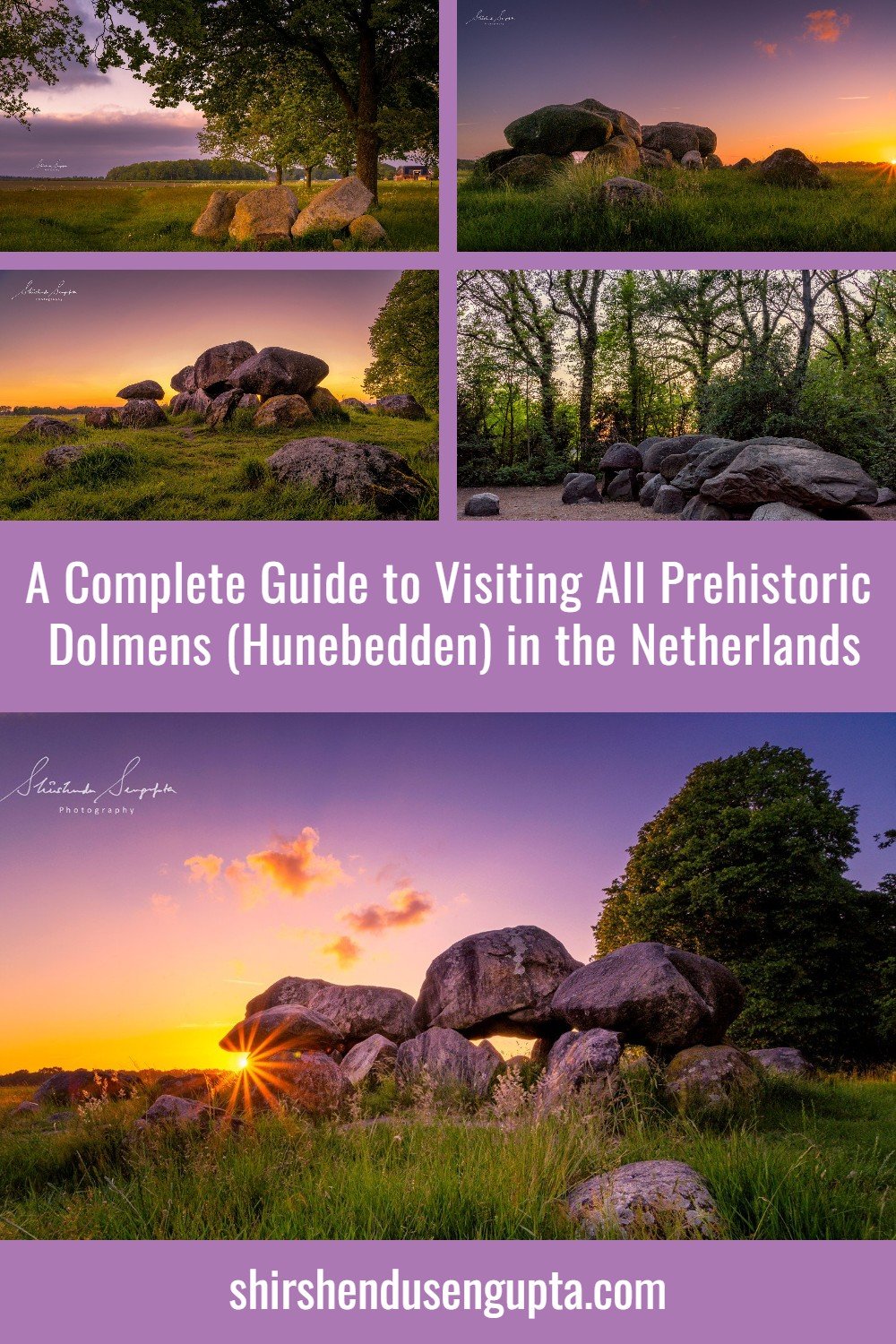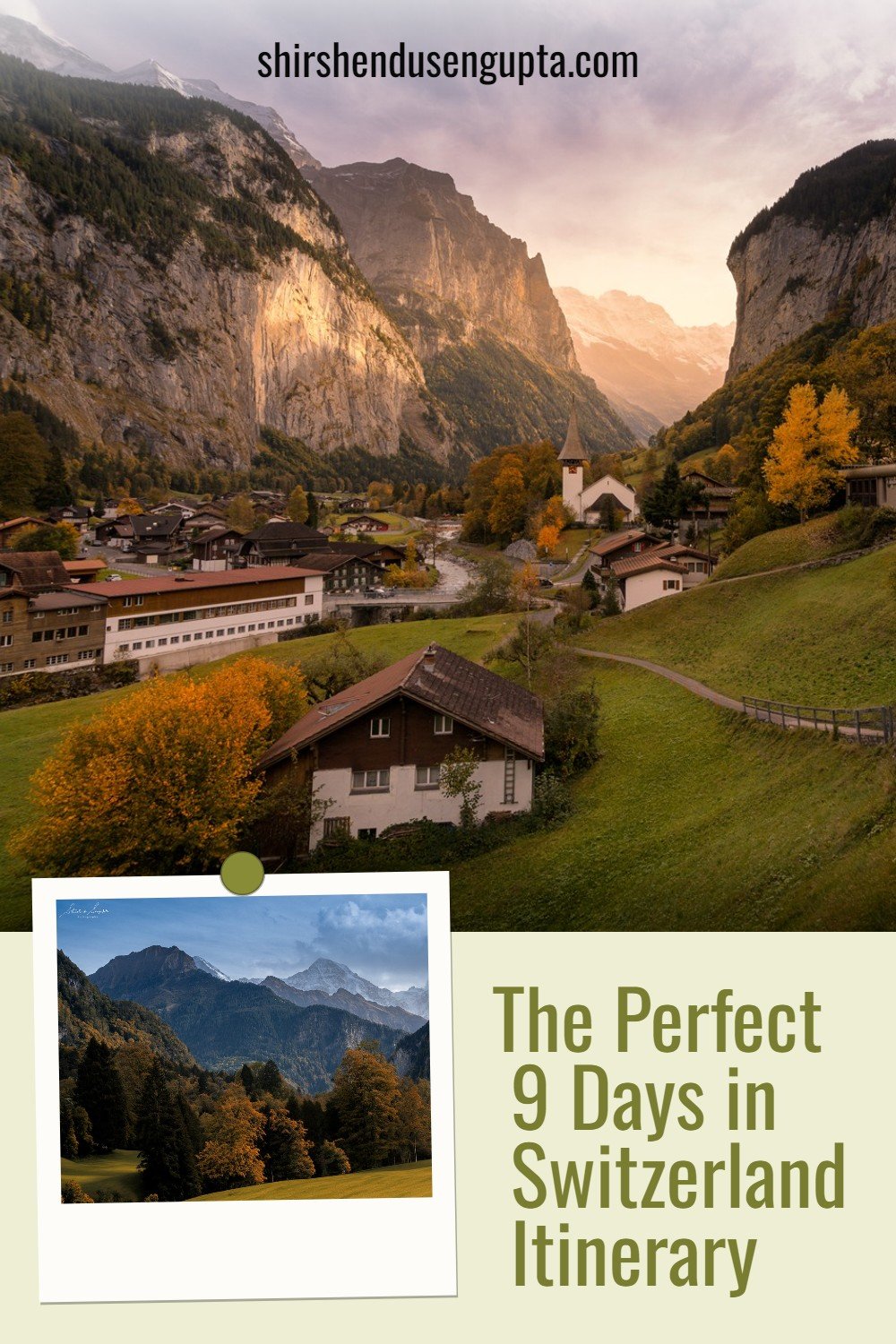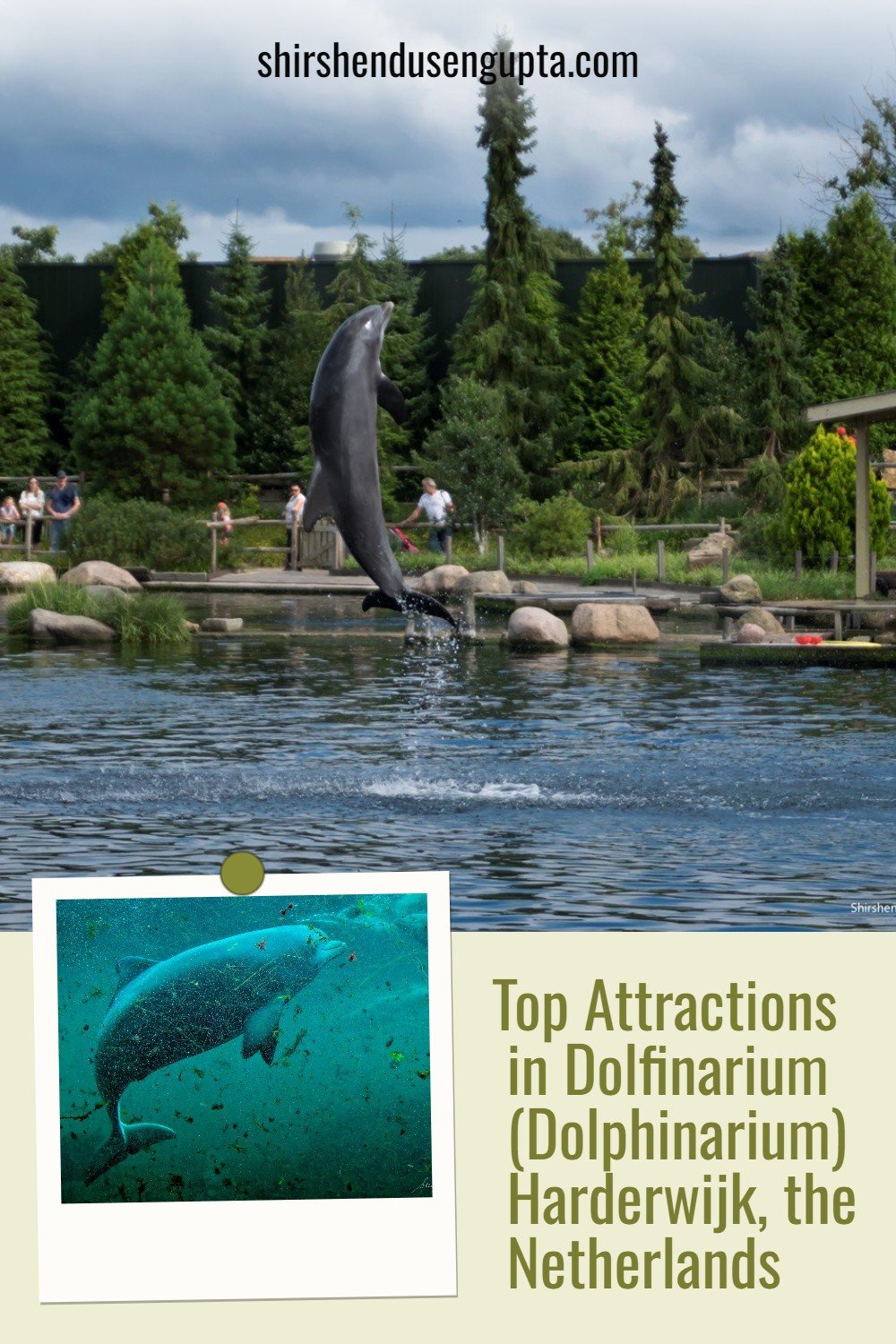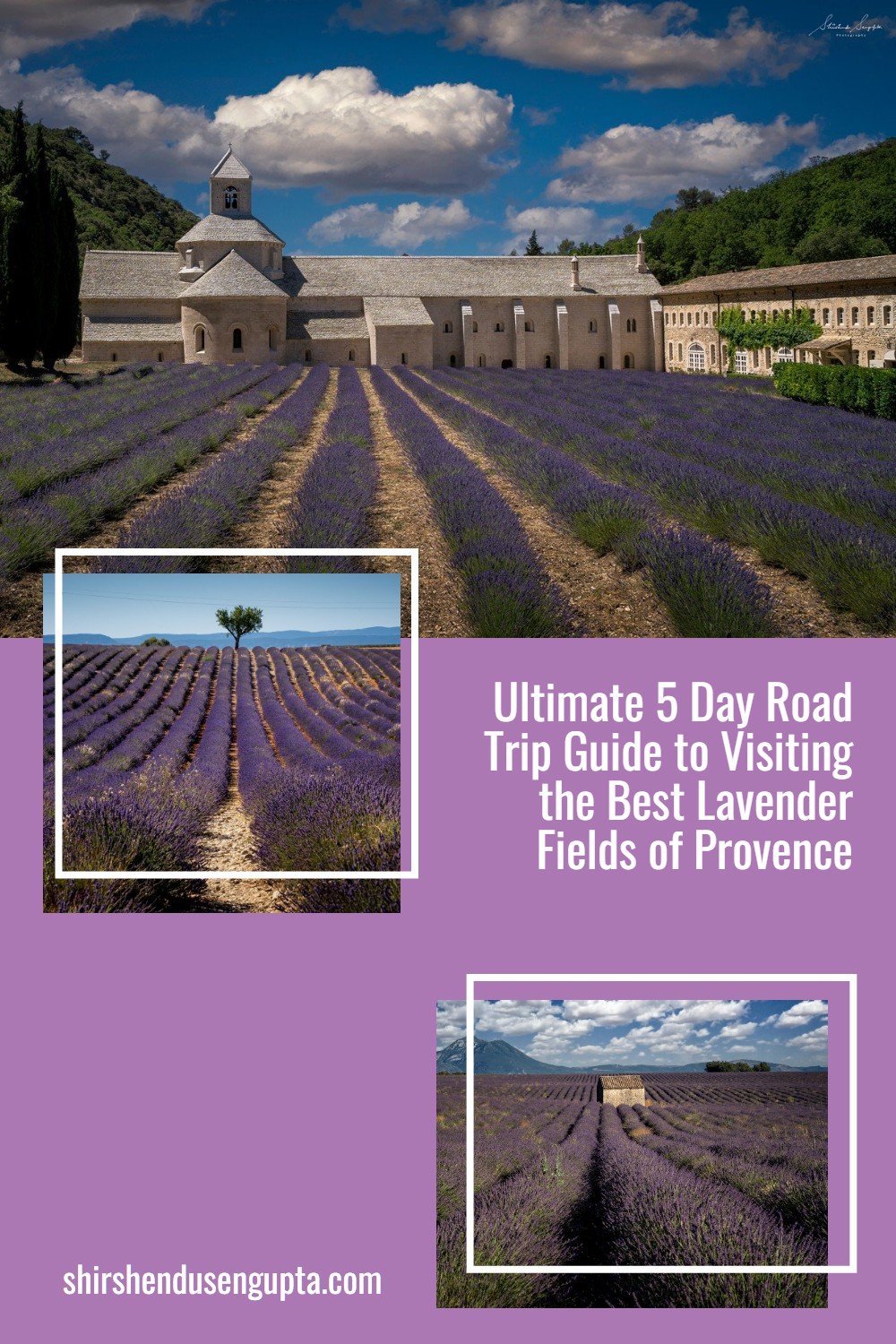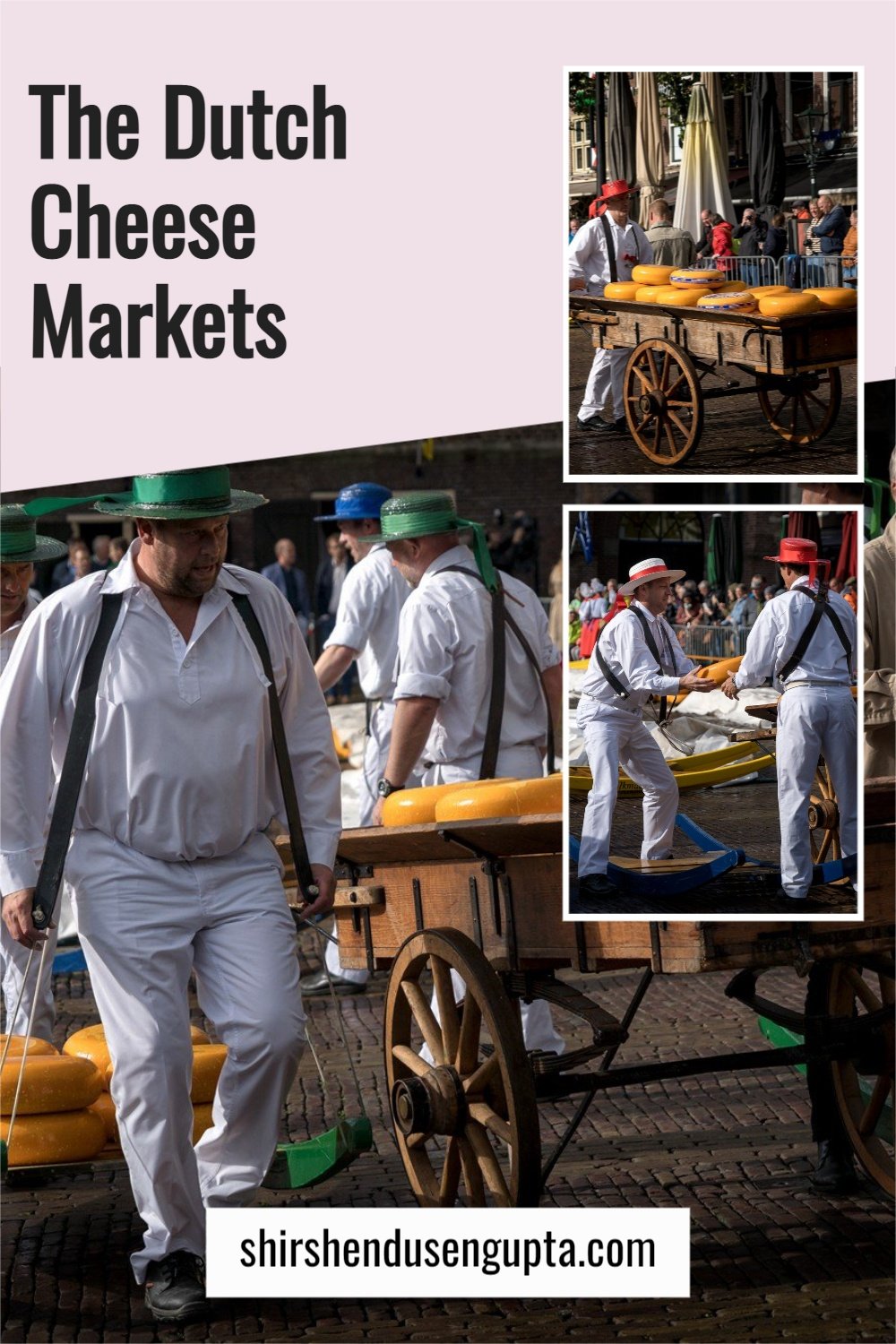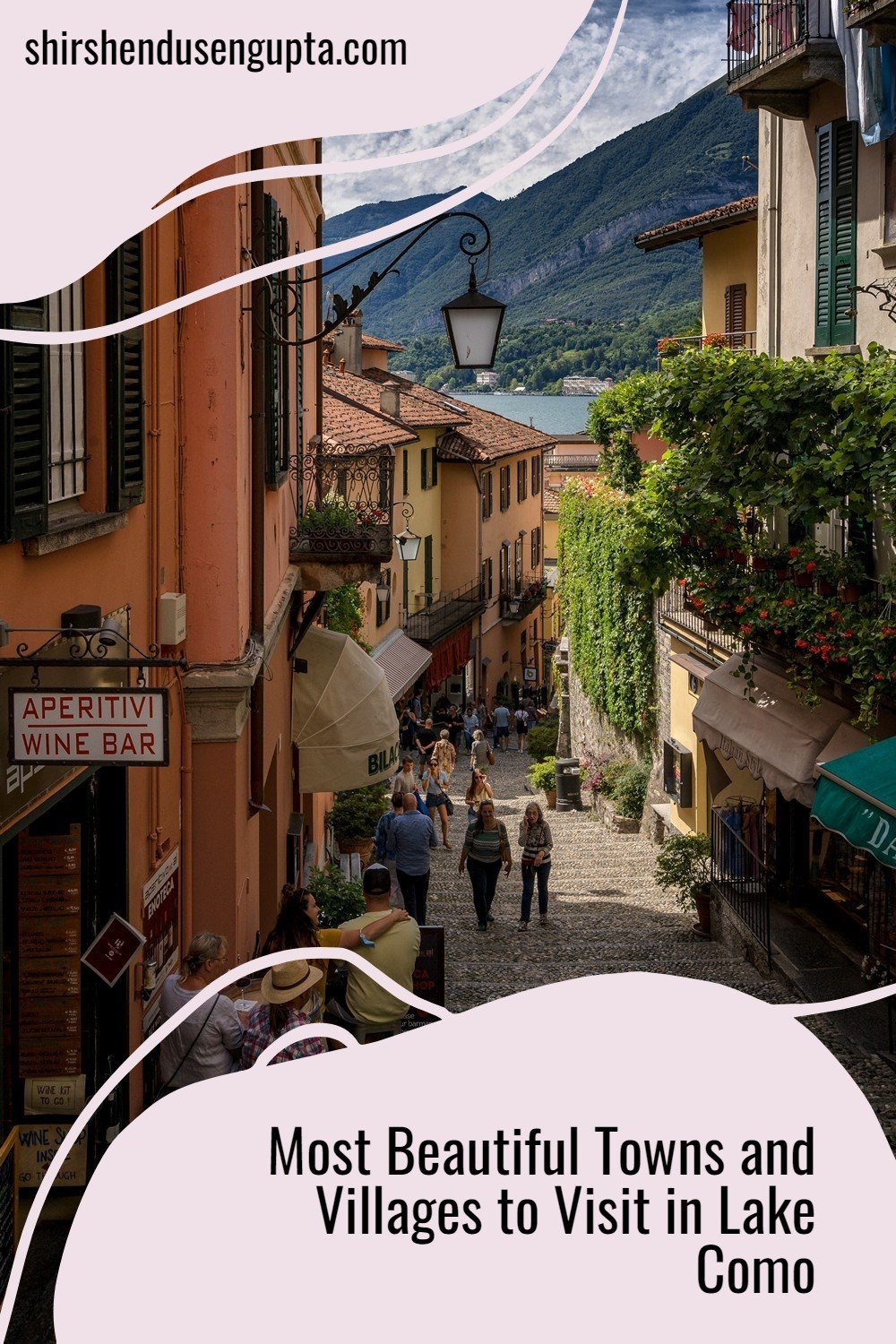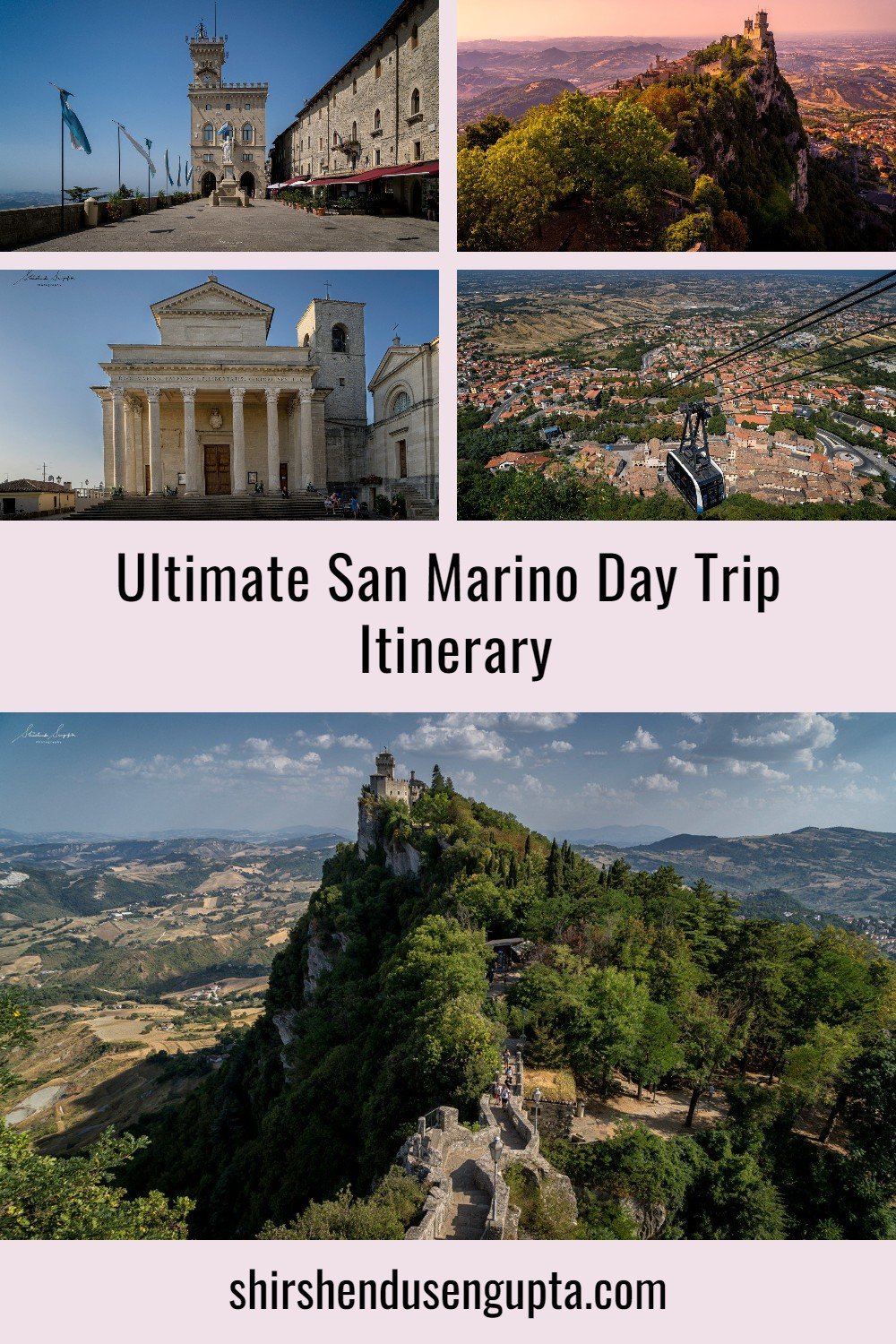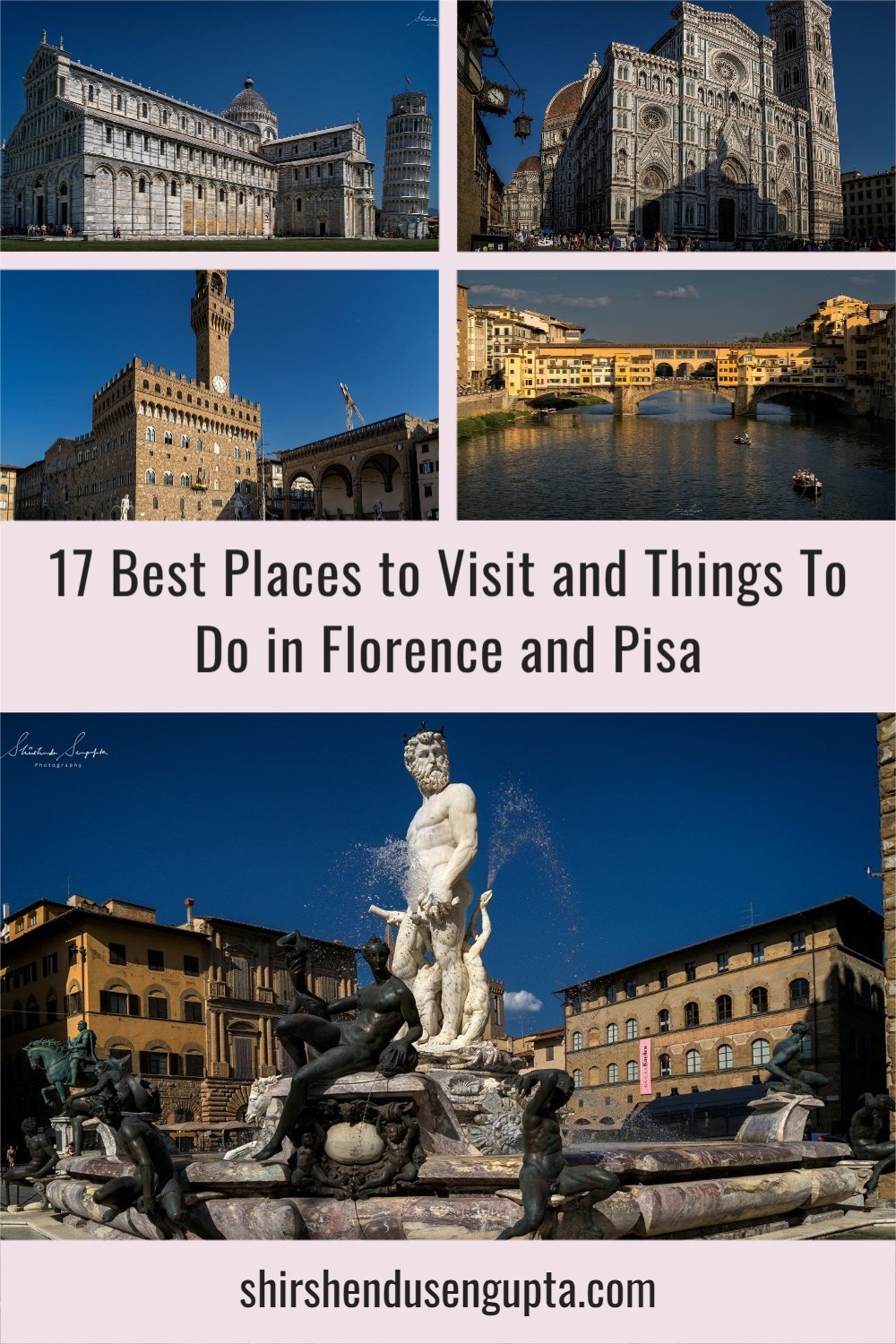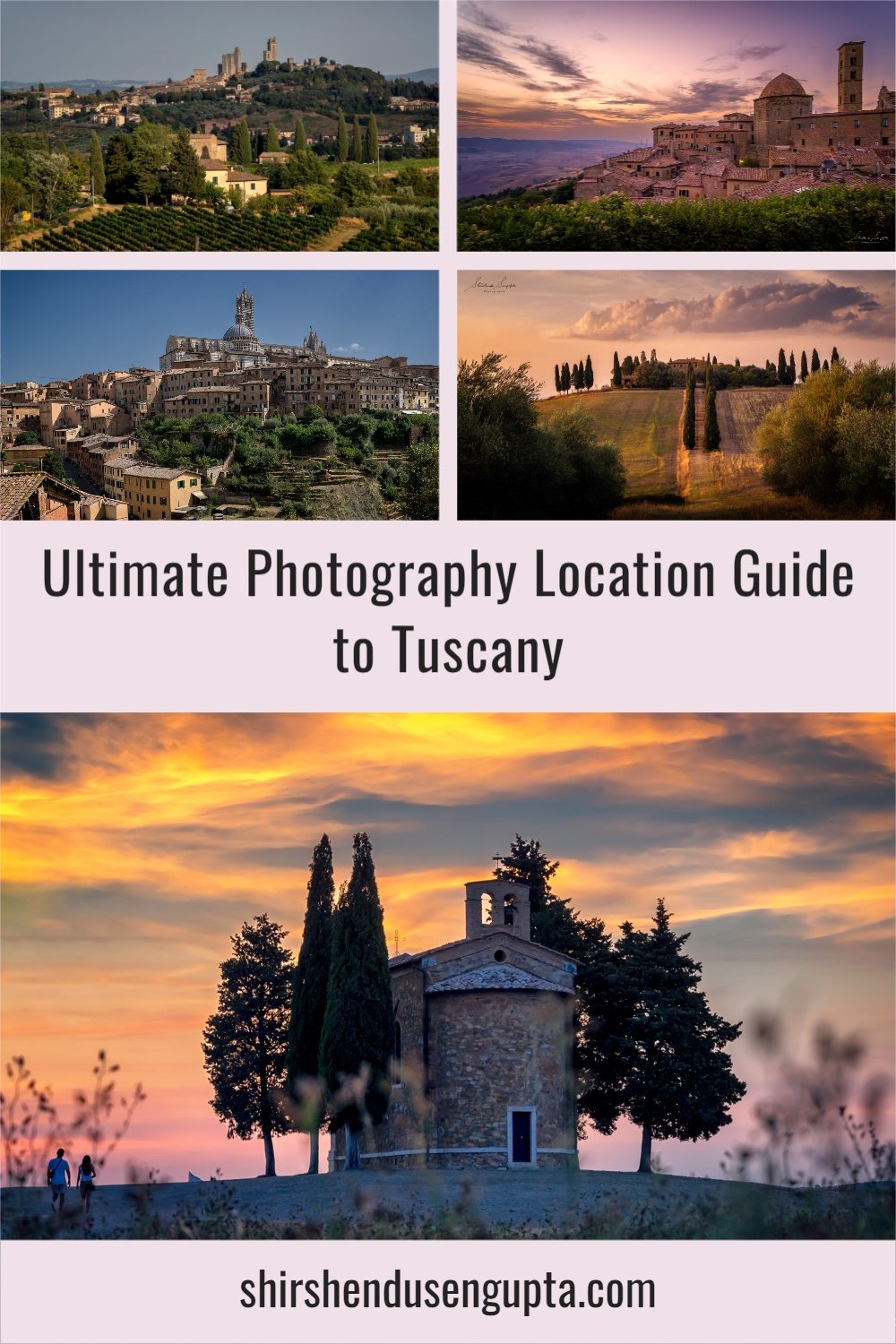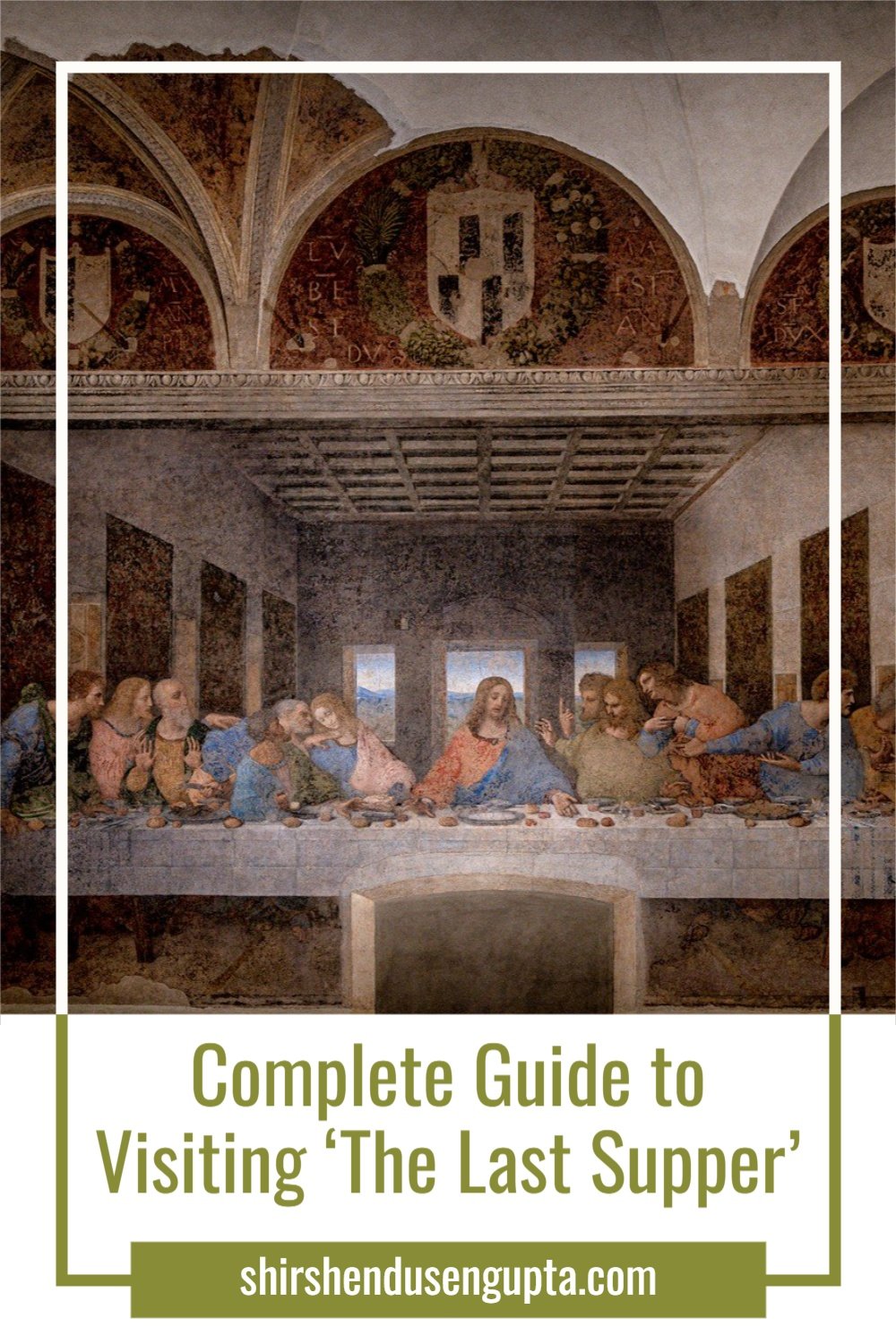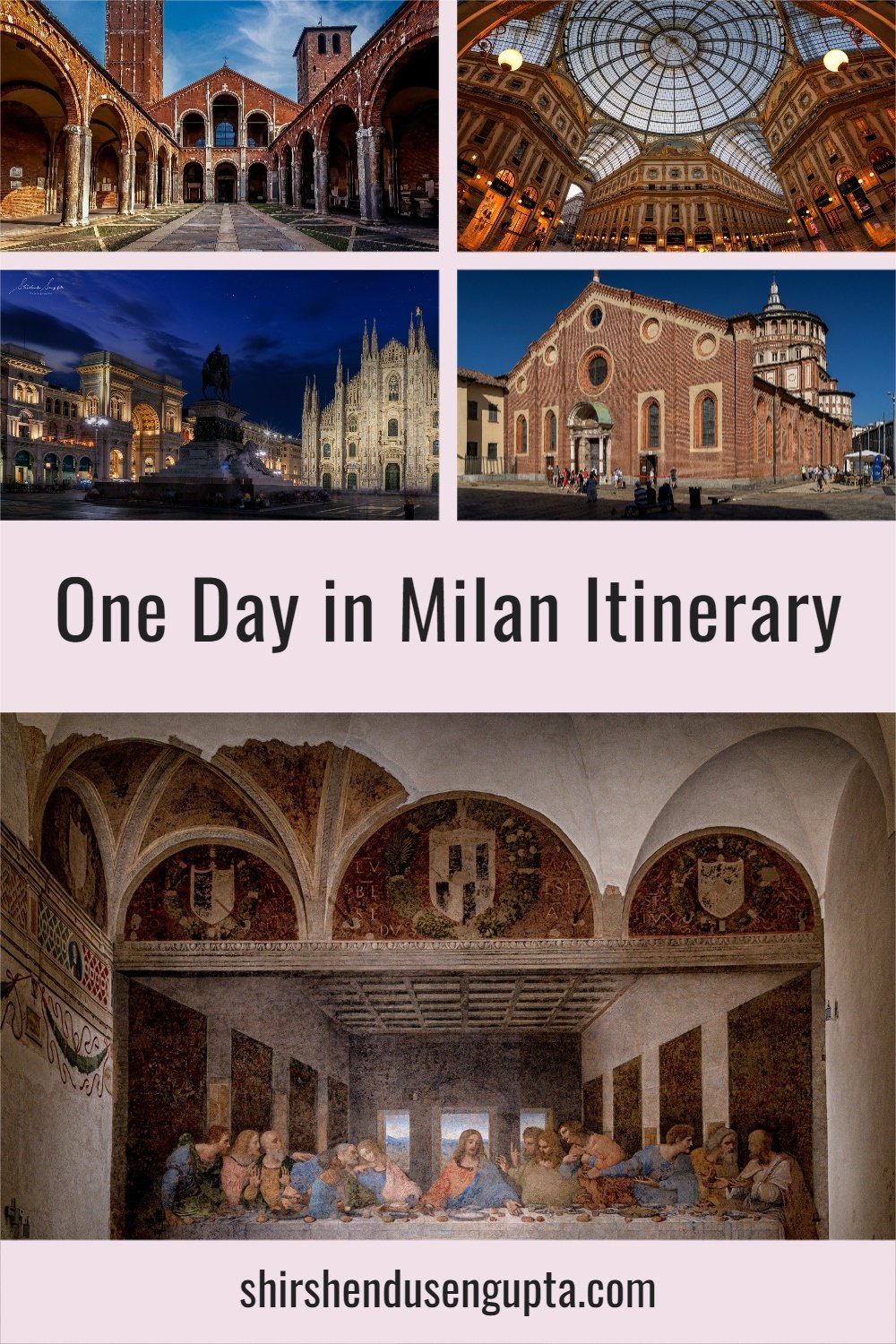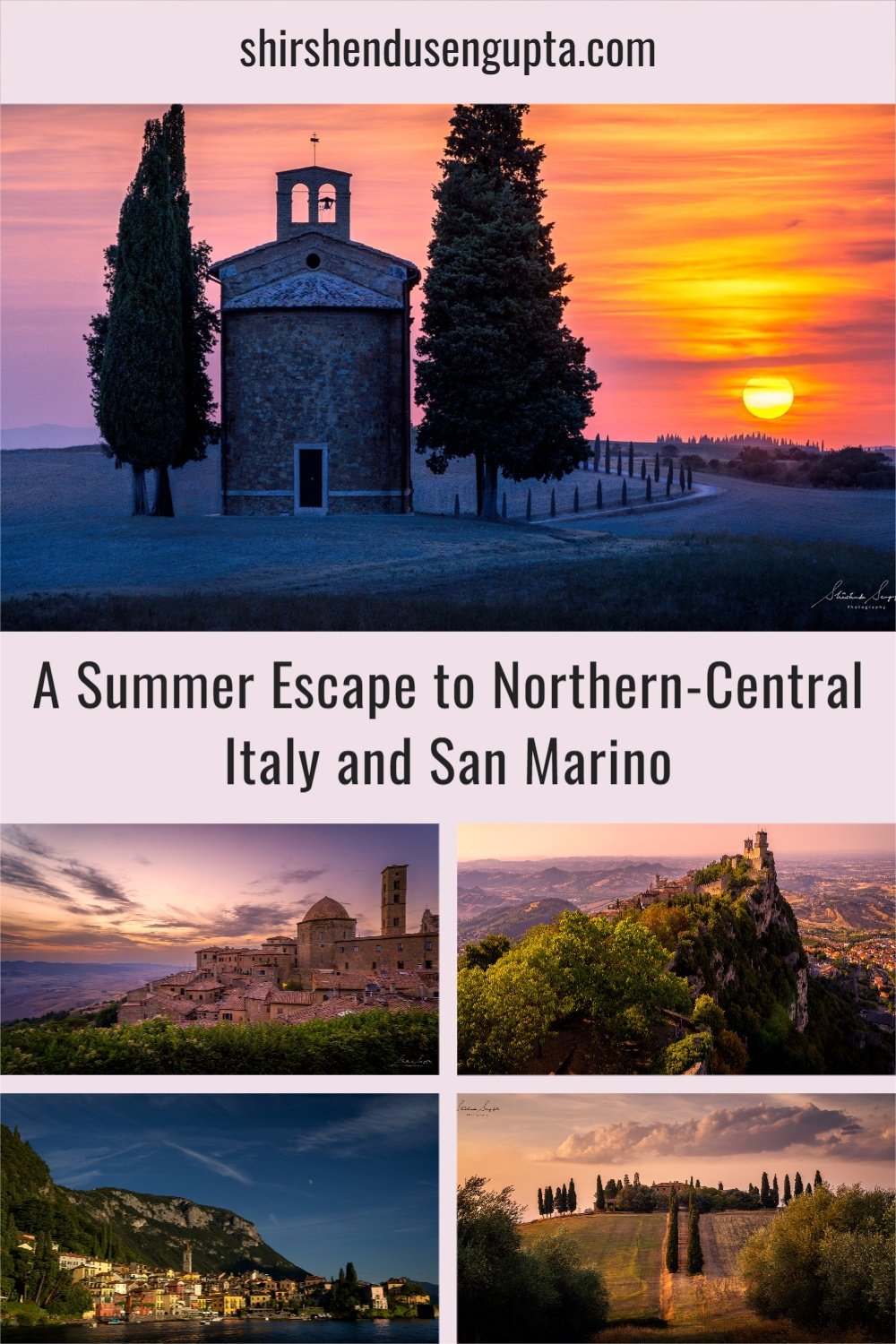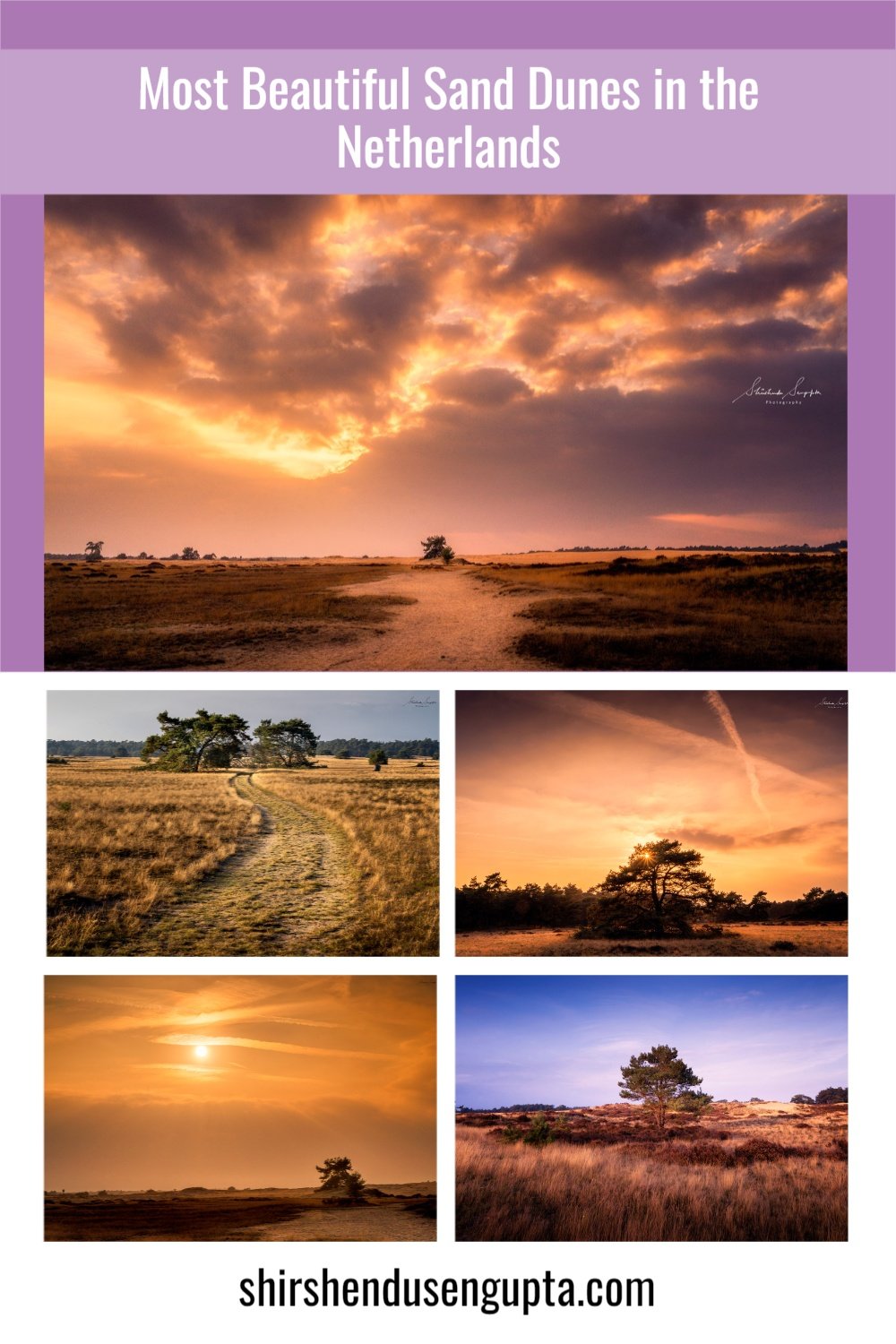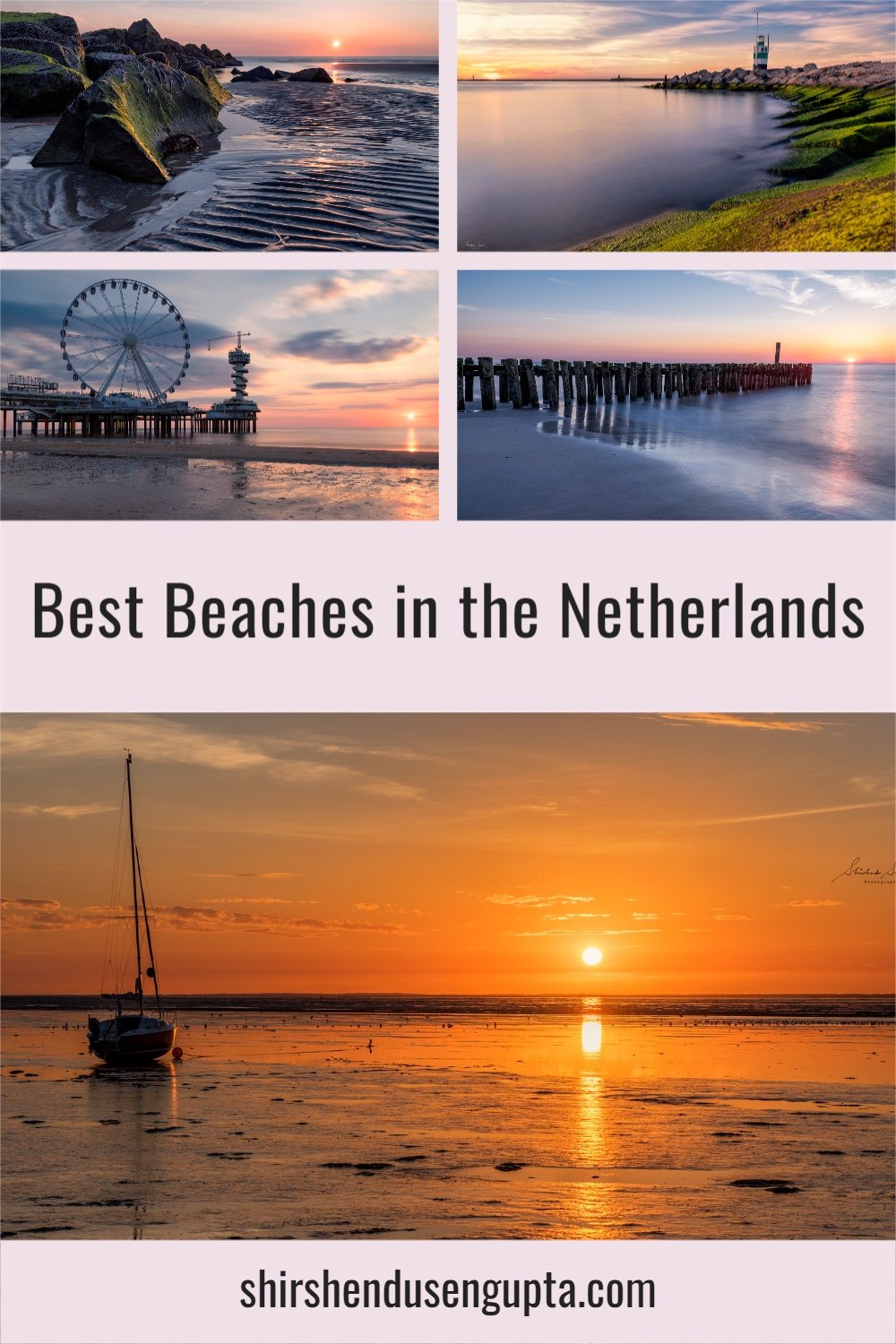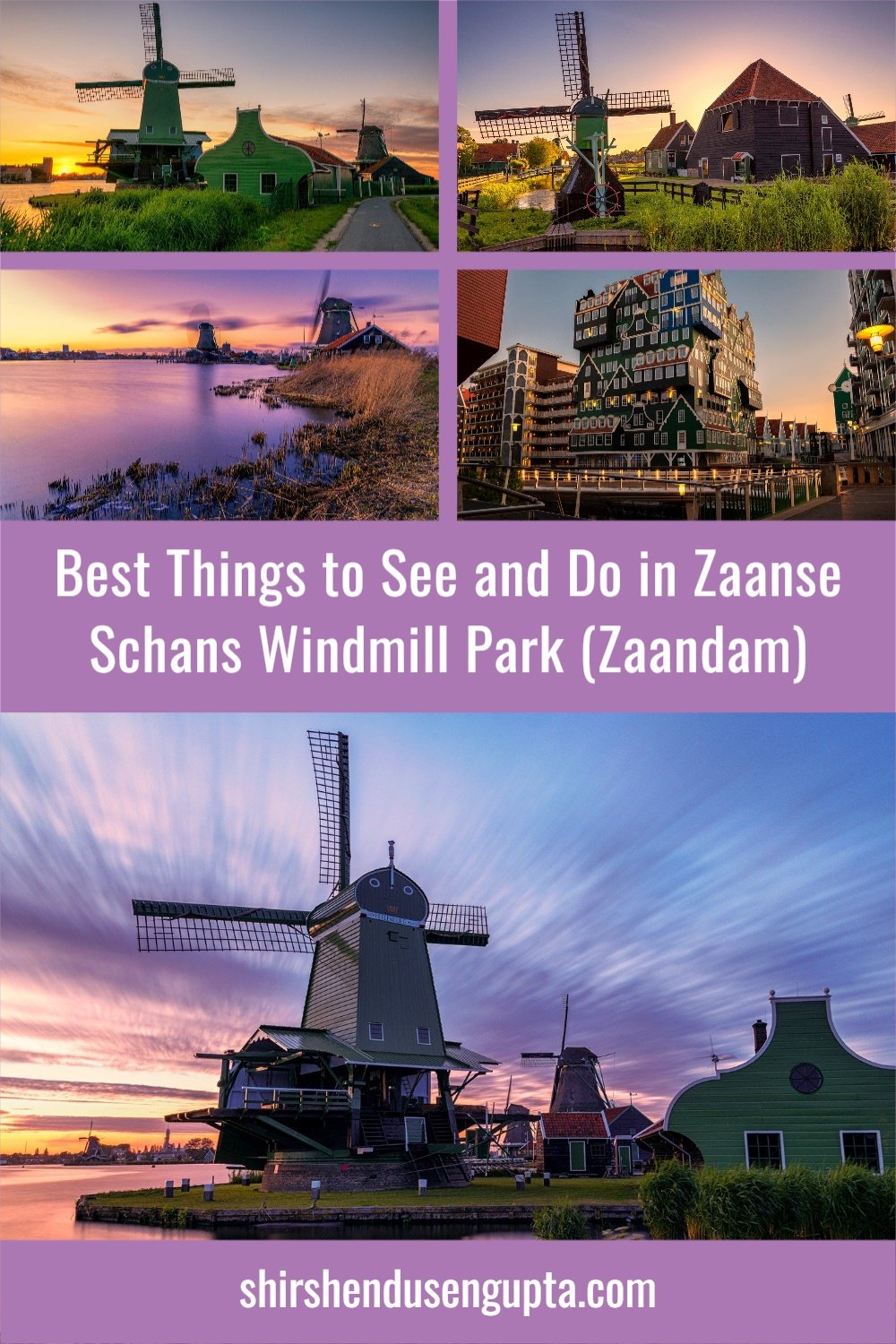11 Best Places to Visit in Skopje | Top 11 Must See Attractions of Skopje, North Macedonia
Prologue
In the Summer of 2019, we decided to set off for a marathon road run, A Summer in Eastern Europe | An 8000 km Road Trip across Slovenia, Albania, North Macedonia, Kosovo, Bulgaria, Romania, and Slovakia from the Netherlands | Travel Itinerary, Tips, and Tricks, which was our second marathon road trip across the Eastern European countries after our famous road trip An Easter in Eastern Europe | A 6000 km Road Trip across Poland, Slovakia, Romania, Serbia, Bosnia-Herzegovina, and Austria from the Netherlands | Travel Itinerary, Tips, and Tricks in Easter 2019. So based on our experience, today I’m going to take you along with me on a ride across the best places to visit in one of the most beautiful Eastern European capital cities - Skopje, the capital of North Macedonia. Let the journey begin!
The Birth of North Macedonia - A Complex National Identity
Partly Balkan, partly Mediterranean, and rich in Greek, Roman, and Ottoman heritage, North Macedonia (not to be confused with Central Macedonia, which is an administrative region of Greece that once was the Kingdom of Macedonia where Alexander the Great was born) has an interesting past and a complicated national identity. Macedonia was born in 1991 after the collapse of Yugoslavia. After years of unyielding UN-mediated dialogues with Greece (who wanted a monopoly on the name Macedonia), regarding the name concern, in June 2018, Macedonian Head of State Zoran Zaev and Greek Prime Minister Alexis Tsipras declared that an agreement (referred to as the Prespa Contract) had been reached under which the Macedonian republic would be known as the Republic of North Macedonia.
Welcome to Skopje
Skopje is the capital and also the biggest city of North Macedonia. It is the country's political, social and economic hub. To me, it is hands down one of the most beautiful Eastern European capital cities. The massive architectures built under the redevelopment project 'Skopje 2014' (a €560 million controversial makeover in a country whose one-fourth population is unemployed and one-third lives below the poverty line) focused on reshaping Skopje to attract foreign investments has left the city surprisingly beautiful but non-Balkan.
11 Best Places to visit in Skopje
1. Square Macedonia and the ‘Warrior on a Horse’
At the heart of Skopje is its main square, 'Square Macedonia,' where a 22-meter-high statue bewilderingly resembling Alexander the Great has been erected. For politically sensitive reasons, the sculpture was named just ‘Warrior on a horse,’ as Greece does not want Macedonia to use the name of Alexander the Great as a part of its historical identity. Actually, Greece does not want Macedonia to use the name 'Macedonia' either. That's why the nation is officially called F.Y.R.O.M., which means the Former Yugoslav Republic of Macedonia. Opposite to the "Warrior on a horse" sculpture, there is the 15-meter-high monument ‘Warrior,’ whose resemblance to Alexander the Great's father, King Philip II, is also quoted as 'unintentional.' In the evening an outstanding play of lights takes place here as the colorful fountains come to life.
2. Art Bridge
The Art Bridge is a pedestrian bridge over the Vardar River in the center of Skopje; a mere 5 minutes' walk away from Square Macedonia. The bridge features numerous sculptures of noted Macedonian artists as well as musicians. It was constructed as part of the enormous ‘Skopje 2014 Project’, with a construction expense of €2.5 million. The bridge includes 29 statues, with 14 on each side and also one in the middle.
3. Eye Bridge
Another bridge constructed as part of the ‘Skopje 2014 Project’ is the Eye Bridge. Located between the Stone Bridge and the Art Bridge, it included 28 sculptures and costed €1.5 million.
4. Stone Bridge
The stone bridge on the river Vardar connects Macedonia Square on the right bank (new town) and the Old Skopje Market, much better referred to as Bit Pazaar (it’s ‘Pazaar’ and not ‘Bazaar’), the second biggest Ottoman Market in Europe after the one in Istanbul, on the left bank of the river (old town). There are two schools of thought regarding its existence. One school believes it was constructed in the 6th century, soon after the catastrophic earthquake in 518, during the reign of Emperor Justinian I. The other school believes that the bridge was built in the late fifteenth century, between 1451 and 1469, when the Ottoman Empire was under Sultan Mehmed II, the Conqueror.
5. Macedonia Gate
Porta Macedonia is a triumphal arch on Pella Square in Skopje, a stone throw from Square Macedonia constructed between 2011 and early 2012. The arch is 21 meters in elevation and costed €4.4 million. Its artist is Valentina Stefanovska, who made several other magnificent sculptures from the 'Skopje 2014 Project', including the sculpture dedicated to Alexander the Great, formally called "Warrior on a horse."
6. Karpoš's Rebellion Square and the ‘Warrior’
Karpoš's Rebellion Square is situated opposite to Square Macedonia on the other side of the Vardar River, where one can find the sculpture with a fountain modeled on Phillip II of Macedon (Alexander the Great's father); though formally named the ‘Warrior.’
7. The Fountain of the Mothers of Macedonia (Olympias Fountain)
At the northeast side of the Karpoš's Rebellion Square, there's another fountain with a set of sculptures supposedly representing Olympias, the mother of Alexander the Great. Olympias is shown in four different positions as a mother - pregnant, nursing baby Alexander, holding Alexander in her arms, and making young boy Alexander sit on her lap.
8. Macedonian Orthodox Church St. Demetrius
At the Karpoš's Rebellion Square, next to the ‘Warrior’ statue stands this cathedral-style church dedicated to St. Demetrius, the Orthodox Saint and Military Martyr. The present church was constructed on the foundation of a church dating back to the 16th century and renovated close to the end of the 19th century. The church was officially known as the "Cathedral" throughout the 18th century since it was the official seat of the Skopje Eparchy (Diocese). Since then, the church's role has evolved, but it still welcomes visitors and believers of all faiths.
9. Memorial of Mother Teresa
Mother Teresa was born in Skopje under the name Anjeze Gonxhe Bojaxhiu, and that's why Macedonians think she is from there, even though her mother is from Kosovo, father Vlach, and not Albanian, as the other side claim. They placed a monument and a memorial at the place where she was baptized in Skopje (and not where she was born, which’s coming next in the article). On the other side, Albanians, after the erection of the monument to this particular saint in Skopje, protested the inscription in English and Macedonian because they consider Mother Teresa to be Albanian, and she never declared herself as Macedonian. However, Mother herself solved these quarrels very peacefully during her lifetime - "By blood, I am Albanian, as a citizen I am from Skopje. By nationality, I am from India. By religion, I am Catholic. I belong to the world by my calling. With my heart, I belong to Jesus."
At the memorial of Mother Teresa in Skopje, there is showcased the entire life of Mother Teresa with innumerable references of my city Kolkata (previously known as Calcutta), India, the epicenter of Mother Teresa's lifetime work based on which she received the Nobel Peace Prize twice and the site of the Missionaries of Charity, a Roman Catholic (Latin Church) religious congregation established in 1950 by Mother Teresa, now known in the Catholic Church as Saint Teresa of Calcutta whose members must adhere to the vows of chastity, poverty, obedience, and the fourth vow, to give "wholehearted free service to the poorest of the poor." Mother Teresa started it for taking care of the leprosy patients, to begin with, and today Missionaries care for refugees, former prostitutes, the mentally ill, sick children, abandoned children, lepers, people with AIDS, the aged, and convalescent (however, there are some criticisms around religious conversions). It was very pleasing to see Mother's journey from Skopje to Kolkata and her oath to serve the needy, which she did to her best.
10. Birthplace of Mother Teresa
So, as I mentioned above that the Memorial of Mother Teresa was erected where she was baptized in Skopje, there is also a commemorative plaque at the location of where she was born. It is located between the Square Macedonia and the Macedonia Gate.
11. Čaršija (Old Bazaar) and Bit Pazar
Čaršija (Old Bazaar) is arguably the most visited tourist destination in Skopje, which is easily accessible as it is located in the city's historic district next to Karpoš's Rebellion Square. Skopje’s Old Bazaar was once the second largest Ottoman bazaar of its kind in Europe during its peak after the Grand Bazaar in Istanbul. Today. it is the largest bazaar in the Balkans (besides the one in Istanbul). At the northern border of the bazaar you can find the ‘Bit Pazar,’ the largest fresh food market in Skopje. The Old Bazaar is open 24/7.
Visiting Skopje
Best Time to Visit: Late spring (May to June) and early fall (September to October) are the ideal seasons to visit Skopje. These times of year are ideal for traveling because of the nice weather and low number of visitors. Even though summer (July and August) can be rather hot, it's still a great time to go if you want to experience warm weather and energetic city life. We visited Skopje during July and felt it was a bit too hot.
Number of Days to Stay: Two or three days is a good amount of time to spend in Skopje. This gives you ample time to explore the major sights and take in the local way of life.
Best Place to Stay: The best place to stay is in the Centar (City Center) which offers quick access to the Old Bazaar, Stone Bridge, and Macedonia Square, among other popular sites. This region is full of hotels, eateries, and retail establishments. Staying close to the Čaršija (Old Bazaar) will give you a more authentic, cultural experience. Debar Maalo is a hip neighborhood well-known for its eateries, cafes, and active environment. The city center may be reached on foot from it, as well as the city park. We stayed in Centar.
Best Way to Arrive: The best way to get to Skopje is by plane via Skopje Alexander the Great Airport, which is the primary international airport and is situated roughly 23 km from the city center. Numerous cities in Europe are well-connected to the airport. From neighboring countries, buses are a dependable and frequent means of transportation to Skopje. Major cities in the area are connected to the city's main bus station. Skopje also has train connections to nearby nations like Greece, Serbia, and Kosovo. When compared to bus services, train services can be slower and less frequent. Traveling from nearby nations to Skopje by car is an additional alternative. The majority of the roads are decent, and having a car can provide you more freedom to explore the neighborhood. We drove into Skopje from Albania.
Best Local Mode of Conveyance: Skopje's suburbs and center are served by a bus network. Buses are a cheap and practical mode of transportation, albeit their schedules often change. Taxis are reasonably priced and easily accessible. Use authorized taxis, make sure the meter is working, and settle on a fare in advance. Especially in the city center, many of Skopje's top attractions are easily accessible on foot from one another. Discovering the historical and cultural landmarks of the city on foot is highly recommended. Renting an electric scooter or bike can be an enjoyable and practical way to get around the city, particularly in the more modern parts of Skopje.
Epilogue
So that brings us to the end of our journey across the 11 best places to visit in the beautiful Eastern European capital city of Skopje. Please let us know in the comments below if you enjoyed reading this article.
If you wish to read the day-by-day account of our complete 8000 km road run across Eastern Europe during Summer 2019, please visit our article A Summer in Eastern Europe | An 8000 km Road Trip across Slovenia, Albania, North Macedonia, Kosovo, Bulgaria, Romania, and Slovakia from the Netherlands | Travel Itinerary, Tips, and Tricks. And if you want to read the day-by-day account of our 6000 km road run across Eastern Europe during Easter 2019, please visit our article An Easter in Eastern Europe | A 6000 km Road Trip across Poland, Slovakia, Romania, Serbia, Bosnia-Herzegovina, and Austria from the Netherlands | Travel Itinerary, Tips, and Tricks. Until then, merry traveling and happy shooting!
Pin the article
Bookmark the article for reading later!
Want to license/buy photos in the article?
License photos for commercial/editorial use or buy photo prints!
Want us to write an article for you?
Articles for magazines, newspapers, and websites!
Watch our Videos
Check out our videos on our Youtube Channel!
Join the Newsletter
Get updates on our latest articles!
We respect your privacy. Read our policy here.



